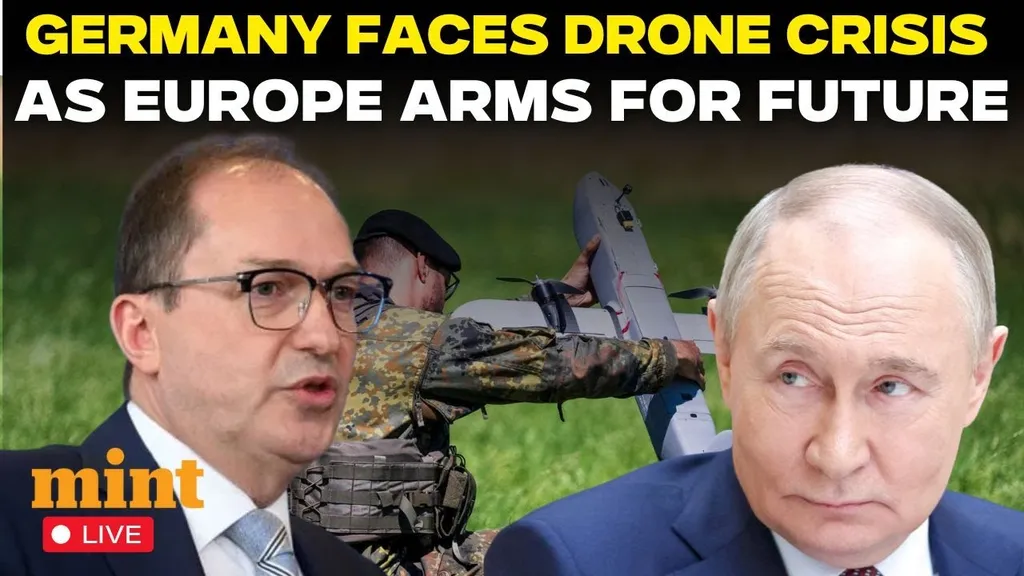The European defence technology sector is experiencing a surge of investment and innovation, but experts warn that the hype may be outpacing practical impact. Since Russia’s full-scale invasion of Ukraine in February 2022, more than 230 defence tech startups have emerged across Europe, attracting a record $1.5 billion in venture capital. Yet, as the sector matures, investors are growing cautious, signalling potential overheating and a shift in focus.
The war in Ukraine has become a proving ground for defence technology, offering real-world testing conditions that no other conflict can match. Ragnar Sass, co-founder of the Darkstar venture fund, emphasised this point: “There is no bubble in Ukraine, and more funding is needed.” Ukrainian companies, operating under the pressure of active combat, are delivering some of the most impactful innovations on the front lines. This practical experience is invaluable, yet much of the venture capital flowing into Europe is being directed towards startups far from the battlefield.
One of the most notable trends in the sector is the overwhelming focus on drones. While unmanned systems have demonstrated their effectiveness in Ukraine, this narrow concentration is raising concerns. Investors warn that the drone craze may be diverting critical funding from other essential areas, particularly air defence. As the war drags on, the need for comprehensive defence solutions—beyond just drones—becomes increasingly apparent.
Another shift in investor sentiment is the growing emphasis on profitability and efficiency. Early enthusiasm for defence spending has given way to a more measured approach, with investors now scrutinising margins and multipliers. This suggests that industry consolidation is on the horizon, as only the most viable and sustainable companies are likely to secure long-term funding.
The quality of developments is improving, but the sheer volume of startups is growing at an even faster pace. Experts caution that this rapid expansion could lead to an oversaturated market, with many companies struggling to differentiate themselves or achieve meaningful impact. The challenge now is to separate the truly innovative solutions from those riding the wave of hype.
As the defence tech sector navigates this period of rapid growth, the lessons from Ukraine will be crucial. The companies that thrive will be those that can translate battlefield experience into scalable, effective solutions. Meanwhile, investors must balance their enthusiasm for cutting-edge technology with a focus on sustainability and real-world impact. The future of European defence innovation hinges on striking that delicate equilibrium.

